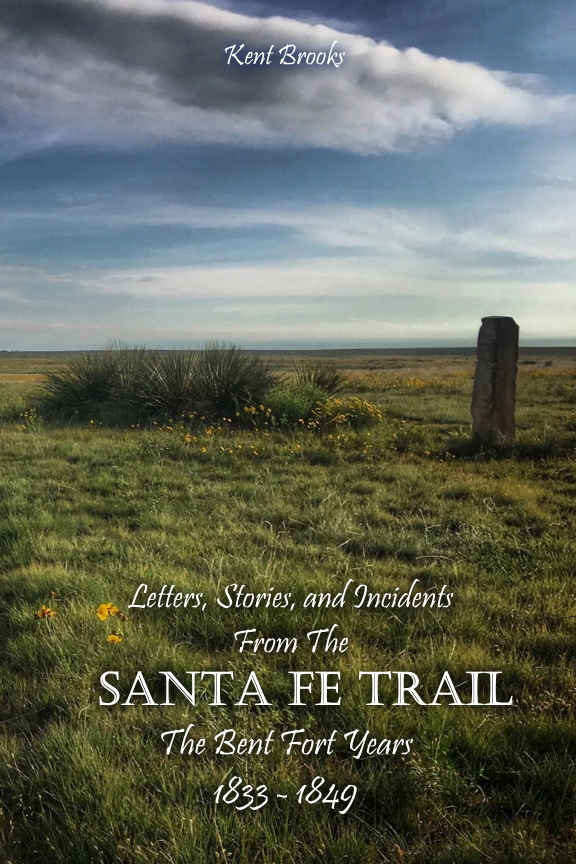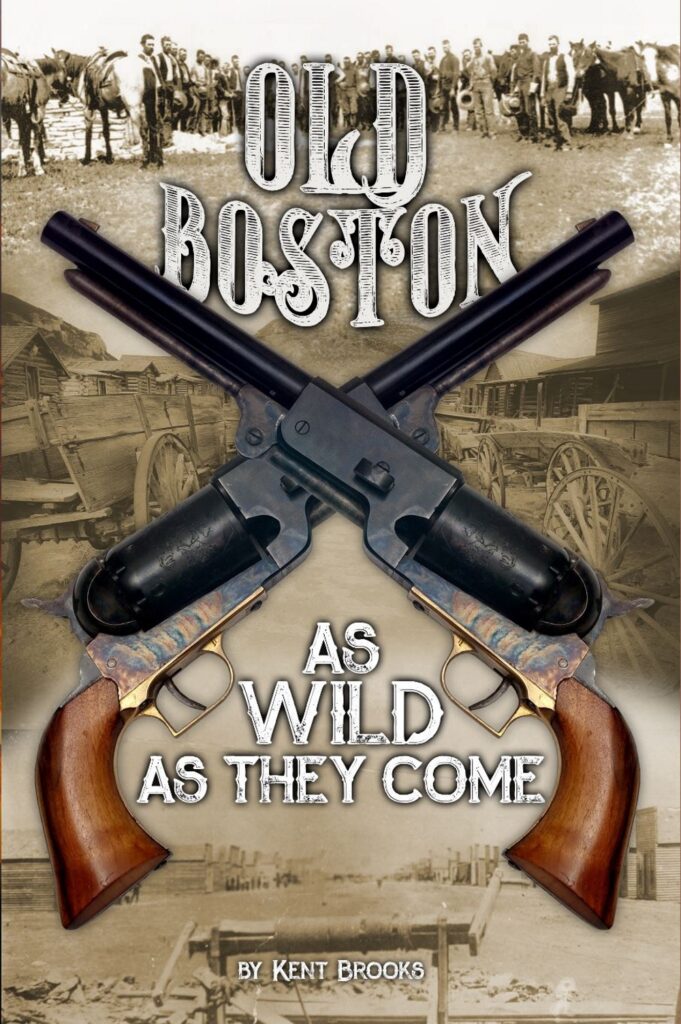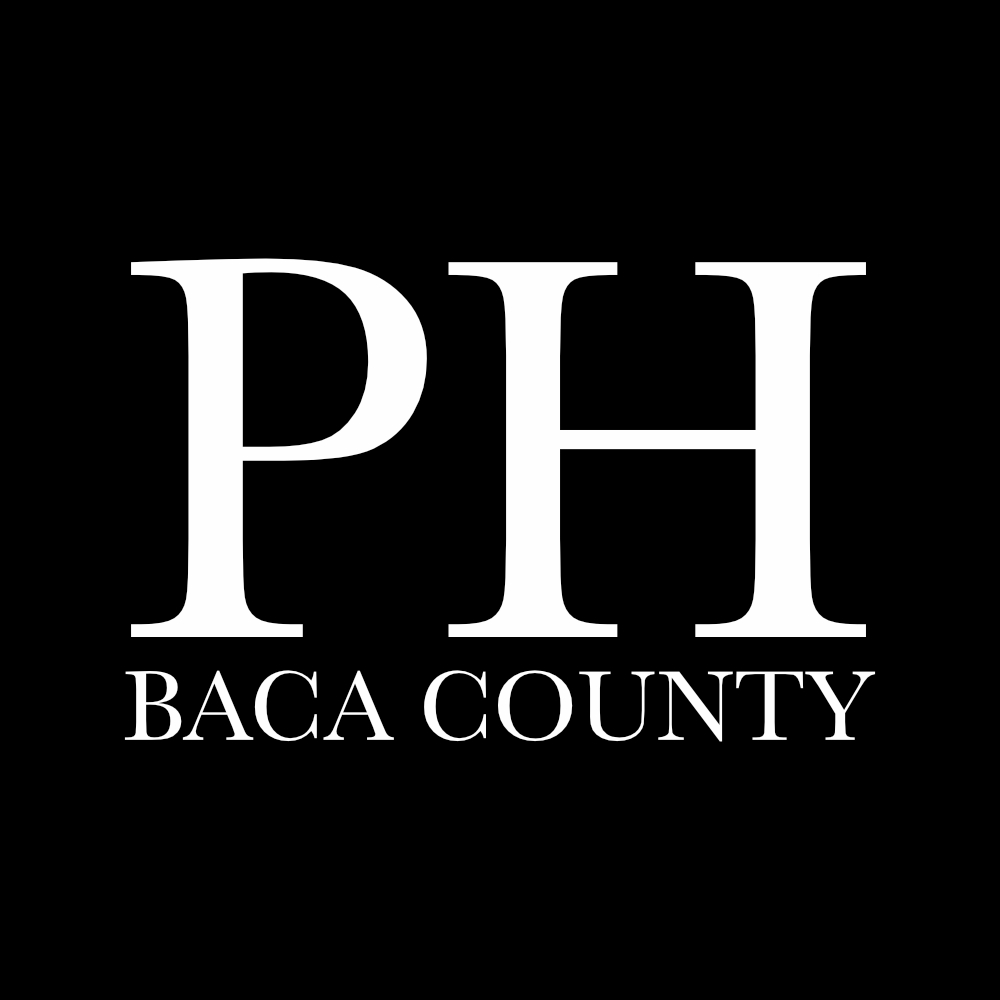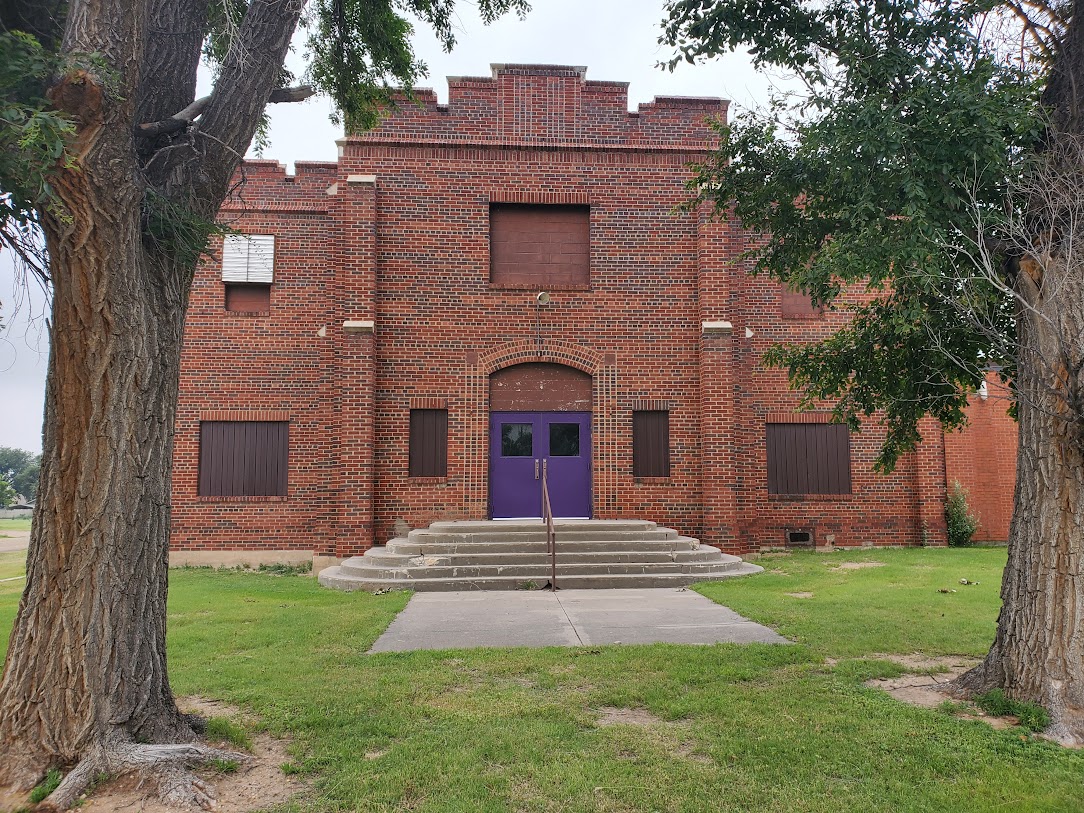(The Little Red Gym That Could … Became a Red Cross Hospital)
By Kent Brooks and Steve Doner
NOTE: This compilation is another instance of my history buddy, Steve Doner, and I working on the same topic from different directions and coming to a common point in history. We have scared each other a couple of times by doing this. See The Strange Story of Stevenson, Baca County, Colorado & Reverend William Evans
The Dust Bowl of the 1930s, one of the most devastating environmental disasters in American history, ravaged the Great Plains, turning fertile farmlands into barren deserts. As massive dust storms swept across the region, they not only destroyed crops and livelihoods but also triggered severe public health crises. Among the most affected were rural communities like those in Baca County, Colorado, where the combination of dust pneumonia and other diseases like measles and typhoid created a dire situation. In the spring of 1935, the Red Cross set up six emergency hospitals in the Dust Bowl states, Of those six hospitals 2 of them were in Baca County only 20 miles apart. Tell me again where the epi-center of the Dust Bowl was!
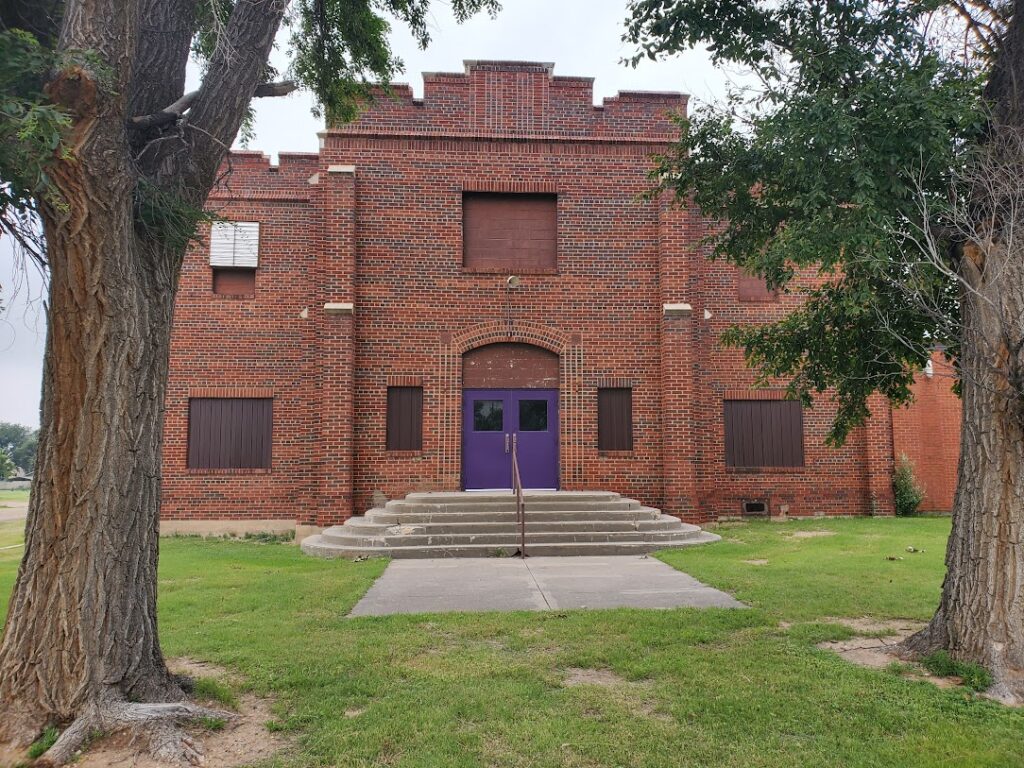
In Walsh, Colorado, the Walsh High School gymnasium was transformed into a Red Cross hospital, becoming a crucial sanctuary for the sick and vulnerable. This unlikely hospital, born out of necessity and community effort, played a vital role in the battle against the Dust Bowl’s deadly effects, providing care and hope amid the swirling clouds of dust.
I first became aware of the Old Walsh Gym serving as a red cross hospital during an email conversation in 2020 with a librarian from Washington University of St Louis Med School who was looking for additional Red Cross Dust Bowl information as he was assisting a student with a research project. He had connected with me originally after discovering the BacaCountyHistory.com blog. At first I thought and had suggested to him the Red Cross hospital was at the high school in Springfield, but I had all the facts wrong.
I shared the question I received from him on one of our local Facebook groups and one of the members’, Gerri Benigsen, dad was one of the three doctors in Springfield town in the 1930s. She shared and helped put me on the correct path with the following:

“The Red Cross dust pneumonia hospital for children was in the basement of my dad’s house (Dr. Gerald Duffy). He advertised for women who wanted to train with him to become nurses. That’s how he met my mother who applied. I have a photo somewhere of all the children lined up in their cribs and little beds. His large house was right across the street west from the Masonic Temple, not far from the school. Many of the children died due to the lack of antibiotics.
I did not originally find any information in the archives of the Springfield newspapers, but rather this article from the The Daily Sentinel (Grand Junction, Colorado) 19 Apr 1935. Which of course supported Gerri’s information and provided the first clue about the Walsh Gym. Also note the use of the term “dust bowl.” The first use of the term, written in Guymon OK April 15, 1935 is the article where Associated Press writer Robert Geiger was credited with coining the term “Dust Bowl.” The term had not been used before, but it has not left common language since that point in history. In my opinion he did not coin the term, but is certainly the person most commonly associated with the term. The second, comes to us April 16, 1935 from our very own Springfield, Colorado. For this term to be used so quickly, April 19th, shows the term was already doing would refer to as in modern terms as “going viral.” At this point you also see various versions of the term in both lowercase and capitalized versions.
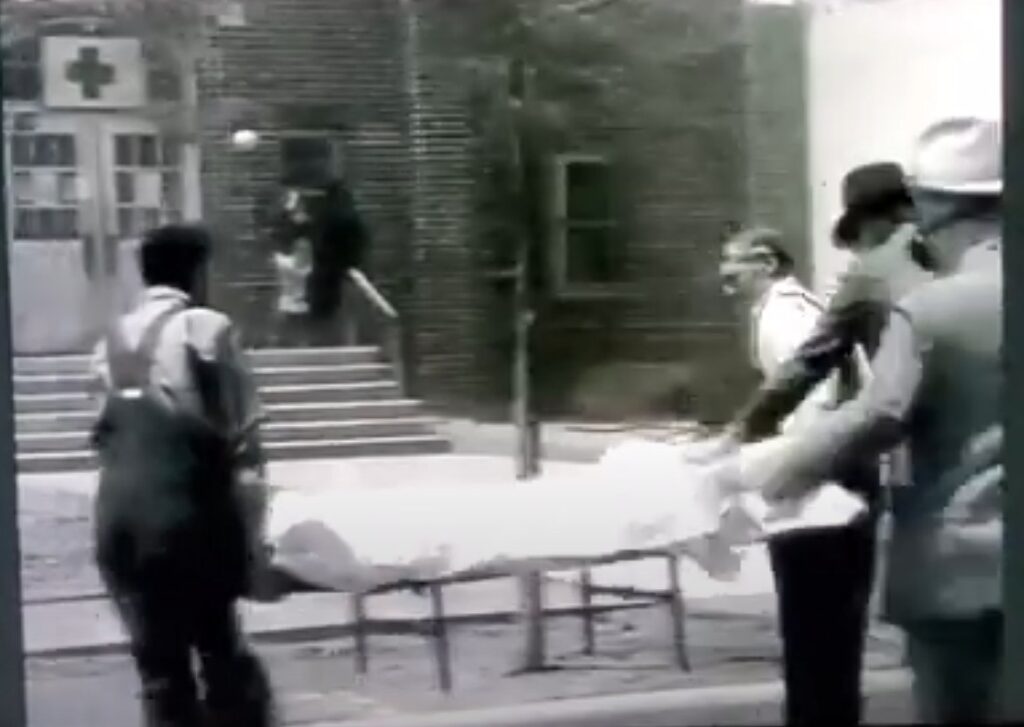
“Two makeshift hospitals were to be opened here today to care for victims of illness in southeastern Colorado’s dust bowl as authorities announced another death resulting indirectly from the dust plague.
Charles Williams, 68, died here last night of pneumonia. He was found in a serious condition in his dust-coated shack two miles northeast of here Sunday. Dr. D. D. Hamilton, county physician, said dust undoubtedly had been responsible for the serious turn taken by the man’s illness.
The hospitals will be located in the high school auditorium at Walsh, 20 miles east of here, and the basement of a Springfield mortuary.
Beds in the Walsh school will be utilized for pneumonia patients. The mortuary quarters will be made available chiefly for children suffering from pneumonia and measles.
An outbreak of the latter disease was reported in the eastern section of Baca county, hardest hit of the drought area”.
Once I found the articles in the Springfield Herald, Wow! The first discussion of the establishment of the Walsh Hospital in the April 25, 1935 — Democrat Herald is provided below. In this article there is a specific reference to a young lady named Barbara Hoge who succumbed to measles which apparently turned to dust pneumonia. Per the letter from Olivia Doner also below:
“One of my girlfriends in high school died with the measles which developed into dust pneumonia.”

A 1930’s Springfield Democrat Herald news clipping included a comment from Springfield physician Dr Patterson which said essentially people in Baca County weren’t dying from dust pneumonia. He argued that in most cases those that died were reported dying from dust pneumonia had complications from other things, often measles and typhoid. For the “Decade of Dirt” book I am compiling obits from the Democrat Herald and Walsh Tab which also support this comment.
Certainly dust pneumonia was an issue, but often there were complicating health issues.

I think I have the evidence from the 1930s Democrat Herald and Walsh Tab to back up what he was saying. In the spring of 1935, for example, there was a pretty big measles outbreak. The death notice of Harold Libick in the June 20, 1935 Democrat Herald is one of many notices in the Baca county papers which support Dr. Patterson’s comments.
The June 20, 1935 Democrat Herald article also The article reported that health officials from Denver visited Baca County due to 12 reported cases of typhoid fever. They inspected sanitary conditions throughout the county and tested water samples, including from Springfield’s city water supply. The officials also offered free well sterilization and distributed Eli Lilly’s typhoid inoculation capsules to residents in affected areas. The Colorado state board of health emphasized the importance of testing water for contamination, especially in regions impacted by floods and dust storms, and advised residents on how to ensure their drinking water was safe. The officials were expected to stay in Baca County for about two weeks.
Simply, many in Baca county didn’t have clean water to drink and there was a huge push in 1935 to address this issue. I guess I am coming to the conclusion that most Dust Bowl historians who talk about dust pneumonia as the most common cause of death haven’t painted a completely accurate picture on this topic.

April 25, 1935 — Democrat Herald — (Editor’s note in order to give our readers first-hand knowledge about the Red Cross emergency hospital at Walsh, we sent a reporter to that town on Tuesday to visit the hospital. The following are her impressions.)

By ISABELLE GATLAN
The Walsh High School gymnasium has been transformed into a first class hospital. The east part of the building is the kitchen where food is prepared for the patients. The auditorium proper is filled with pneumonia patients. The stage has been turned into an isolation ward in which there are six measles cases.
The school board of Walsh gave permission for the gym to be used for the hospital; Businessmen donated necessary articles and sold other items at cost. The Walsh Civic Club has done all in its power by securing the beds and bedding. One hardware store loaned a gas stove while another Civic minded citizen donated a frigidaire. The residents in and around Walsh have cooperated in every way.
The beds are enclosed with white screens. Above the soft tread of the white clad nurses, I heard the coughing of the patients and the crying of a small child.
However there was some amusement — a bit of mirth —yes even in the hospital.
Little Ruby May Thompson was ready to be discharged Tuesday, recovered from a severe case of pneumonia. Ruby was feeling well enough she wished to consume “huge” quantities of food.
“I’m hungry,” sounded throughout the hospital. After being fed a large dish of jello, she declared she was still hungry. The little lady will be able to eat to her heart’s content one of these days soon.
The 2-year-old son of Mr. and Mrs. Milton Gillespie of Springfield is perhaps the most serious case in the hospital at the present time. The child is kept in an oxygen tent. The small boy is suffering from dust pneumonia.
Of the 19th patients who have been in the hospital, one has died. Miss Barbara Hoge, one of the popular Walsh High School girls, died Sunday of dust pneumonia.
The other patients are getting along much better than they did in their homes as there is not as much dust in the gymnasium as in the homes.
The ERA furnishes men to do the janitor work and stop up the cracks around the windows to help keep out the dust. There are ERA women who help in the kitchen.
Dr. H. M. Hayes, who is in charge of the hospital, states the patients get along much better when the dust is not blowing. When the air is filled with dirt the sick start coughing, with competent care, which they are receiving, all patients should soon be back home, recovered.
Mrs. Myrtle Earl is head nurse and is in charge of the hospital proper. Mrs. Earl and Miss Helen Canaga are the day nurses. Miss Nora Christensen is in charge of the isolation Ward. These three are Red Cross nurses.
Mrs. Friesen and Miss Ruth Pillsbury are the night nurses. Miss Pillsbury came to Walsh about two weeks ago to visit her friend, Mrs George Wells, who’s also employed now at the emergency hospital. Upon her arrival, Miss Pillsbury donated her services by helping care for the sick around Walsh. She worked two weeks without pay.
Monday April 22nd the Red Cross informed her they would pay henceforth. Miss Pillsbury is an ideal nurse. She was not thinking about the pay, but she was thinking of the many sick people she could help. Her friend Mrs. Leah Wells is the efficient dietitian in the hospital.
In the hospital Tuesday were Ruth Williams, Toby Koeh, Mrs Dallas Howard, Mrs B. E. England, Mrs. Marie Ward, Billy Joe Gillespie, Charles Howard Jr, Isabel Parker, Frank Parker, Glenn Parker, Junior Barker, Marjorie Barker, Keith Reddand and infant son of Mr and Mrs Wilson Howard.
The Red Cross organization has done something in the recognition in sending nurses to provide health care for the many sick people in Baca County.
Olivia Doner’s Letter to Mrs. Evans
The following is an excerpt from a letter written by Baca County teenager (15), Olivia Doner, Steve Doner’s aunt, after the terrible dirt storms in the Spring of 1935, including the one known as Black Sunday on April 14th, 1935. The Walter in the story is my father. Mrs. (Ruth) Evans, to whom the letter is written, is a third cousin to Olivia’s father living in South Dakota, and her young son (13) is the Oliver in the letter, a fourth cousin to Olivia. While the Oliver Doner (Olivia’s father) family lived fifteen miles east of Walsh, Colorado in the same adobe house my family still inhabits, their farm bordered Kansas, and their mail was delivered on a route from Syracuse, KS to Stonington, CO, thus the address of Syracuse. The letter was copied from; A Doner Family Genealogy: featuring Descendants of Benton Doner compiled by Warren Hamm for the 1994 Doner Family Reunion in Fulton, SD.
————————————
Syracuse, Kansas
June 16, 1935
Dear Mrs. Evans,
It is nearly three months since I last wrote you so perhaps it is time I was answering your most interesting letter.
I think I wrote you that I thought we kids would take the measles, well, we did and we had them hard. The dust irritated our coughs so badly so that even after we had recovered from the measles we had a dreadful hacking cough. Our parents decided to move us away from the dust for they were afraid of dust pneumonia. One of my girlfriends in high school died with the measles which developed into dust pneumonia. Walter had them first and recovered all right so he did not go but, Mother, Glen, my grandmother and myself went to Eastern Kansas near Yates Center and Chanute where my mother’s aunt lived and stayed a month until we had fully recovered and it had rained here in Baca County.
Walter and Dad batched while Walter continued school. He graduated that year. He was 19 this last May but got to graduate when 18. Glen is 17 but just a Freshman as he has missed several years of schooling due to illness. He is not so strong and husky as Walter and I are. I missed six weeks of school work but got back in time to go to school two days and take my final examinations.
I do not know whether I told you that my grandmother lived with us for the past eight years. (Her name is Nancy Corrie.) She is 85 years old and totally blind. She went with us when we went to Eastern Kansas (400 miles). The aunt we visited is her sister. They are the only two left in a family of nine.
I surely like your picture, Oliver, and will send my pictures when I get a roll of films developed (if they are any good.) Yes, we go to school 15 miles to the town of Walsh (700). It makes a daily trip of 30 miles. It wasn’t very pleasant this spring through the dirt storms. We surely had some bad ones this spring. Practically every day was a dirt storm. We had two storms in which the dust was so dense in our house that it was darker than the blackest night I ever saw. Absolutely, one could not see their hand before their face. We had a three day storm in April and we had the lamp lit all the time. One day the chickens never came off their roosts. There were many cases of dust pneumonia. Our high school auditorium and gymnasium was converted into an emergency hospital with Red Cross nurses. Neither the Junior Class or Senior Class got to give their plays because there was no place to give them. The Hospital is closed now. We have had rains and crops are coming up. After some of our dirt storms we got more than a bushel of dirt out of our five room house. We are surely glad for the rains. {their house was less than 900 sq. ft.} ………………………..
Your Coz,
Olivia Doner
PS – We are taking shots to ward off Typhoid Fever. Several cases of it in the County. Have a free Typhoid Clinic in Walsh, Colorado.
A final sad tale in the this chapter of the dust bowl comes to us from the pages of the April 25, 1935 Walsh Tab.

After several weeks of illness, death came last Sunday morning to Barbara Hoge, known as “Bobbie” to the host of friends she made in Walsh during her two year residence here. It is but seldom that the universal sorrow seems so genuine as in the loss of the splendid girl. a beautiful girl by her strength of character, her kindness and courteous ways, and deep Christian spirit, she was a moving force in aiding others not so endowed.
Funeral services were held at the Friends church, and the attendance of floral tributes gave evidence of the love of the community for her. The pallbearers were Raymond Holland, Hardin Dykes, Marvin Woolley, Calvin Spangler, Al Profitt, and Jim Long. Rev. Iola Steen officiated. Mrs. H. M. Hayes sang, “Beautiful Garden of Prayer”, Rolland Powell sang, “Someday We’ll Understand.” Mrs Carl Hedrick accompanied on the piano, and the instrumental numbers were assisted by Rolland Powell, violinist.

Final rights were performed at the grave in the Walsh cemetery. Dykes and Morich were in charge of the funeral.
Relatives and friends from out of town who attended the funeral were: Mr and Mrs Neal Hoge of Ellsworth, Kas. ; Mr and Mrs Lawerence Evans of Great Bend Kas.; Mr and Mrs Henry Baier, son Russell, and Russell Keenan of Seward, Kas.; Mr and Mrs Chas. Molitor, and Mr and Mrs J. L. Sullivan of Offerle, Kas.; Mr and Mrs Sol Hoge, Dorthy and James Long, and J. A. Hoge of Manter, Kas.; Evelyn and Leroy McClain of Great Bend, Kas.; Owen and Otis Robinson of Ulyssess, Kas.
A sister, Mrs. Irene Giessel of Dodge City, Kas., was unable to attend due to illness.
OBITUARY
Barbara Alice Hoge known to all her friends as Bobbie, daughter of Mr and Mrs Ira Hoge of Walsh, Colo., died at Walsh, Sunday morning, April 21, 1935. Death was caused by pneumonia.

Bobbie was born at Dodge City Kas., February 28th, 1918. She lived at Great Bend, Kas., until 2 years ago, when with her parents she moved to Walsh, Colo., where she attended High School. She entered as a sophomore at the beginning of the school term of 1933. She had formerly attended school at Great Bend and Ellsworth in Kansas. She enrolled in Glee Club as an activity and was chairman of the Chapel Program Committee, elected by the sophomore class.
Bobbie’s splendid voice gained for her a part in the Glee Club Trio and a solo part in the spring concert of 1934. Bobbie was at the head of many of her classes and was the leader in class activities, being elected unanimously as leader of our Pep Club.
This school year 1934-35 Bobbie was enrolled as a junior and took up Dramatics and Glee Club. Her sparkling personality and Splendid voice gained for her a place as the president of the Glee club. The Glee Club at the beginning of the year gave an operetta, “Love Pirated of Hawaii” and Bobbie’s beautiful voice again gained her a solo part in the operetta. She was given a leading part in the junior class play which didn’t materialize. A few days later the seniors gave Bobbie a part in their play to fill the vacancy left by Babe Frank’s illness. Because of much illness in the community the senior play was postponed.
Our Bobbie became ill and on Easter morning our Lily withered and succumbed to the arms of her Master.
So today and forever we must not be selfish but remember that Bobbie, thru the grace of God, has had the privilege of remaining a girl in her youth throughout Eternity.
She leaves to mourn her loss her father and mother, Mr and Mrs Ira Hoge, three brothers, Neal Hoge of Ellsworth, Kas., Herbert and Vernon Hoge, Walsh, two sisters, Virginia Evans of Great Bend Kas., and Irene Giessel of Dodge City, Kas. —April 25, 1935 — Walsh Tab
As the dust settled on the era of the Dust Bowl, the story of the Walsh High School gymnasium’s transformation into a Red Cross hospital stands as a testament to the resilience and resourcefulness of a community in crisis. The makeshift hospital not only provided critical care during one of the most harrowing times in American history but also highlighted the broader complexities of public health during the Dust Bowl. While dust pneumonia has long been recognized as a primary threat, the evidence uncovered through this project reveals a more nuanced reality—one where diseases like measles and typhoid also played devastating roles.
I later discovered that the Grand Junction article provided previously appears to have been taken from a story written by the Herald staff where it was published in the pages of the April 25, 1935 Democrat Herald.
April 25, 1935 — Democrat Herald Springfield, Colorado

Dust was blamed for two more deaths in Baca County this week. Both deaths occurred in emergency Red Cross hospitals.
Last weekend Charles Williams 65 died at the W.C. Schweitzer home after having been found in a serious condition at his home two miles northeast of town.
Harvey Dwight, seven year old son of Mr. and Mrs. N. Dwight of near Edler died in the Springfield emergency hospital at 3:30 p.m. Wednesday; his death was announced as pneumonia.
Mrs Barbara Hoge, 17, high school student at Walsh, died in the Walsh emergency hospital last Sunday morning. Funeral services were held for her on Tuesday.
Additional patients were being received at both Springfield and Walsh, the report said. Three quiet days gave the patient some relief but a storm that struck the county early Thursday (today) indicated the county was again to be in the throes of severe dust.
The storm came out of the northwest and the wind was extremely strong carrying an immense amount of dirt.
Reports from the northern part of Colorado stated that some moisture had fallen in the form of snow but to date nothing in the line of moisture been seen here outside of a slight mist Wednesday evening.
Walsh Tab, Walsh, Colorado April 25, 1935 No. 44 — WALSH OPENS EMERGENCY HOSPITAL TO CARE FOR SICK
On Tuesday, April 16, Dr. H. M. Hayes, of Walsh, conferred with Mayor Nichols, advising of the serious conditions existing, on account of the measles epidemic and dust pneumonia, and suggested an emergency hospital. A special meeting of the Walsh council was held Wednesday. Thursday Mayor Nichols, Ralph St. Aubyn and B. B. Gant went to Springfield and a joint meeting of the relief officials, county commissioners and H. H. Homsher, Baca county chairman of the Red Cross. Full co-operation of the different groups was assured.

Friday morning, with the co-operation of the Walsh school board, plans were completed for the use of the Walsh gymnasium. The Civic Club was called in to solicit beds and other essentials. The city assumed the financing for weather-stripping and other material, the work being with relief labor.
Friday evening the hospital was opened, and with D. G. Dykes co-operating with ambulance service, seven patients were admitted to a completely equipped hospital, with a full corps of nurses.
Among the donations were ten beds, frigidaire, gas ranges, gas stoves, cooking utensils, dishes and everything needed, with supplementary articles from the relief supplies.
The head of the Red Cross, of the western division of states, and a publicity man were here Tuesday, inspecting and viewing the Walsh accomplishment, and giving full credit.
The Tab is requested to express appreciation of the wonderful co-operation of the state and National Red Cross, the Adventist Sanitarium at Boulder, the county commissioners, the relief administration, the Walsh businessmen and private citizens.
Dr. H. M. Hayes is in charge of the medical staff. Mrs. Myrtle Earl, head of the Red Cross nursing staff. Mrs. George Wells dietician. Mayor S. B. Nichols and Ralph St. Aubyn played prominent parts in the preliminary organization and functioning of the hospital.
The following patients have been admitted to the hospital: Chas. Howard, Stonington; Ruth Williams, Bartlett; Mrs. Ward Vilas; Grandma England, Stonington; Mrs. Dalas Howard, Walsh; Billie Gillispie, Springfield; Glen Parker, Walsh; Isabel Parker, Walsh; Junior Barker, Springfield; Marjory Barker, Springfield; Donald Howard, Freida Sutton, Keith Redd, Stonington; Ila Barker, Springfield; Grandma Meggenberg, Richards. Mrs. Koch, Bartlett, and Ruby Mae Thompson, Walsh, were admitted and discharged.
Tommy Robinson was taken to the Springfield hospital Monday very ill of pneumonia.

April 25, 1935 — Democrat Herald Springfield, Colorado – Here is the full article summarized above.
CHECK HEALTH WATER HERE
MEN FROM SANITATION DIVISION OF BOARD OF HEALTH VISITING COUNTY
With 12 reported cases of typhoid fever in Baca County, health officials from Denver are here this week checking sanitary conditions over the entire county.

Four men, J. F. Lamb, Frank Morrison, J. D. Cusack, and V. F. Hebert, all of Denver, are the men from the state board of health office who are here.
A sample of the Springfield city water has been taken and sent to Denver for analysis, and the results of this test will be published in next week’s paper.
Mr. Lamb expressed his appreciation of the fine spirit of cooperation that has already been shown in the county. They are here to be of help to any person who wants their water supply and sanitary conditions looked over.
Any person wishing to have their well sterilized should see County ERA Administrator J. D. McLeod or Dr. L. D. Hamilton, county physician, Mr. Lamb said. The work will be done without any cost whatsoever to the owner of the property.
They are authorized by the state health board to inspect the premises of the homes, places of business, or any other place they may be called to inspect from the standpoint of health measures in the flood, drought, or dust-stricken areas of Colorado.
The men carry with them Eli Lilly’s typhoid inoculations and are instructed to give these capsules to all people in the stricken areas who wish to take it as a precautionary measure against typhoid fever. This is furnished without expense to the individual, having been furnished by the Colorado state board of health. These engineers also are instructed to obtain samples of water from the wells and drinking sources that are under suspicion because of the floods and dust storms.
The state board of health considers it very necessary for the health of everyone to have these samples of water sent to the state board of health laboratories in Denver for examination and analysis. These engineers also have been instructed how to purify the contaminated waters and will instruct the people how to protect themselves when drinking water is fit for consumption.
If anyone in this district wishes their family physician to give them the typhoid inoculation, they may have their family physician procure it and give it themselves.
The board cannot force anyone to take this treatment, but it is urged that everyone take this prophylactic treatment.
They are expected to be in Baca county for about two weeks.
The story of the Walsh Gym becoming a hospital is emblematic of the community and county’s resilience in the face of unimaginable hardship. It wasn’t just the dust storms that posed a threat, but the subsequent public health issues that arose from a combination of environmental and social factors. While dust pneumonia is often cited as the primary killer during the Dust Bowl, other diseases like measles and typhoid fever also played a significant, often overlooked, role in the tragedy.
The local community, supported by organizations like the Red Cross, came together and provided care in the midst of one of the most devastating environmental disasters in American history. We hope this piece provides a nuanced understanding of the Dust Bowl’s impact on public health, challenging the commonly held belief that dust pneumonia was the sole cause of death.
Finally, Steve and I hope this piece is also a testament to the investigative journey, showcasing how initial assumptions can be corrected through community collaboration and historical digging. It reflects our dedication to uncovering the truth and providing a more accurate historical account of the events that took place in Baca County during the Dust Bowl.
The narrative not only documents a critical moment in history but also serves as a reminder of the importance of bringing a local understanding to the full context of historical events, recognizing the interconnectedness of environmental, health, and community factors.
The transformation of the Walsh High School gymnasium into a Red Cross hospital during the Dust bowl stands as a powerful symbol of human resilience and community solidarity in the face of overwhelming adversity.
Check out Kent Brooks books on Amazon
